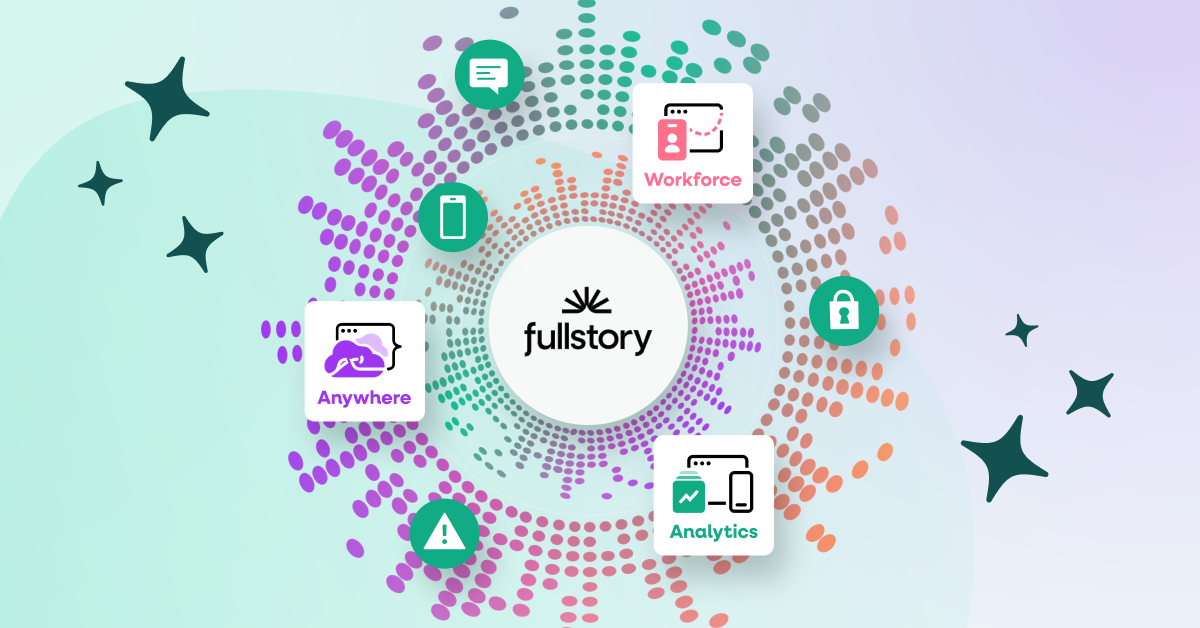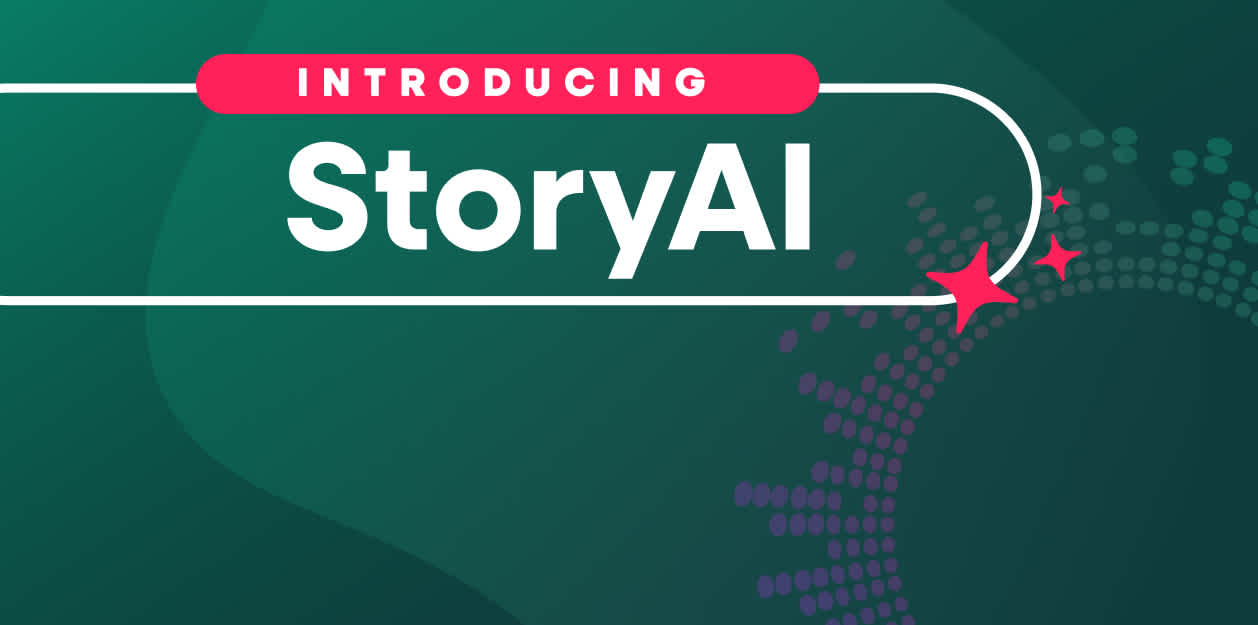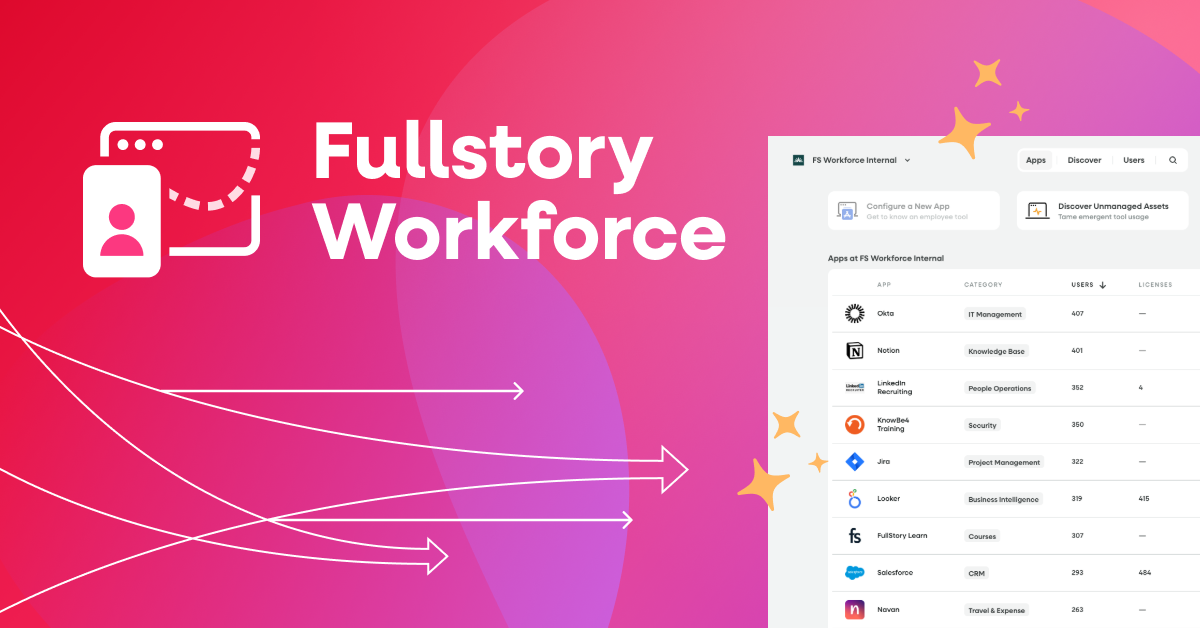Product managers and UX teams may not always see eye to eye, but there’s surely agreement on one thing: if a product, website, or app isn't easy to use, there’s work still to be done.
In essence, friction can be the gateway to becoming your product’s best version.
Anyone that has ever built a product knows that there are constant revisions. Understanding customers’ needs is vital for success. But how can you pinpoint these friction points?
Keep reading to learn how teams can identify product friction, how to solve for different types, and how friction is not always bad—in fact, it could be the key to new opportunities.
The power of product friction
So what is the real impact of product friction? And more importantly, what can be learned from it?
Friction is any time that customers have a goal in mind and they're unable to achieve that goal. They're not able to do the one thing they want to do—which is exactly what we want them to do.
There are two high-level types of friction:
Function friction: The friction of the customer experience that doesn’t allow them to complete their goal. They keep getting an error message and cannot move forward.
Opportunity friction: The friction of a customer using your product in a workflow, and it hasn't yet evolved to the point where it can help them. What they need doesn’t exist within the product.
These two levels of friction can fuel your product to evolve to a state where it can meet customers’ needs.
Prioritizing friction
Friction may come at you from all angles. You may be in a situation where prioritization of friction is mandatory. Here are some different questions to consider when prioritizing friction points:
Which friction impacts revenue the most?
Which friction impedes customer satisfaction?
Which friction affects technical performance and infrastructure?
These answers can help narrow down which friction points maximize business value and don’t hinder customer delight.
So how do you prioritize something that’s performance-related versus that which drives revenue? In an ideal situation, you shouldn’t have to trade-off between the two.
The team has to get together and figure out what factors are the most valuable from a business standpoint as well as from a customer standpoint.
The tools and processes for understanding friction
A common tool for understanding friction is a journey map.
As basic as that is, it enables you to understand your customer and the things that they're doing that either help them or make things harder for them.
At the highest level, identify areas of opportunity where your product could fit in. To do this, you need to understand what customers are looking for.
What are the goals my customers are trying to achieve?
How can my customer persona help?
What factors led to this friction?
What are the key areas of the workflow?
In order to have a qualitative way of identifying those areas of opportunity, you need the right tools for the job.
Enter Digital Experience Intelligence.
With the power of qualitative and quantitative information, you can obtain analytics and tracking to actually be notified when there is friction. With a Digital Experience Intelligence solution like Fullstory, you can find frustration heuristics, and identify if someone is expressing negative sentiment towards an experience like Rage Clicking.
You can see what that experience looks like and qualitatively become aware of opportunities to go after.
How to fix the friction when the fix isn't working
So you’ve attempted a friction fix and the needle hasn’t moved. What do you do if the fix didn’t fix it?
There are two questions to ask about the friction:
Did you identify the problem correctly? As part of that, you define your success criteria with problem identification and the data (or digital intelligence) that backs that up.
Did the product solve the problem? You identified the right opportunity and criteria, but the solution just isn’t what it needs to be.
This is where a best-in-class DXI tool like session replay comes in.
Watching sessions is a really great way to understand what a customer is experiencing firsthand. And once you know what they are experiencing, talk to customers. It could be as simple as asking, "can you tell me what you think?"
Fullstory takes the guesswork out of customer experience issues.
Request a demo to start building a data-backed digital experience strategy today.
Good friction is a real thing
As a product manager, you never want to create an experience that's going to irritate, frustrate, or make a customer unhappy. Feedback is a gift. From that sense, understanding where friction exists is a good thing.
As a user, there are times where friction is a terrible thing and there's no way to spin it in a positive way. There are also plenty of times when friction helps slow the user down in a way that's valuable and meaningful to them.
For example, if you're agreeing to something as part of a sign-up flow, you want to be reminded of what you're signing up for. A modal pops up affirming that you want to sign up. Slow UX definitely has a place in design and can be part of a delightful experience, even though it can be friction at that moment. It’s friction with a purpose.
Data is the decision-maker for friction
At the highest level, it depends on how much effort or investment it takes to do the thing that you potentially are going to do with that information.
Use a DXI solution to look for examples of friction in onboarding, and build a funnel from sign-up to sale. Then look for the errors in the frustration signals. Are there ways to identify friction?
So whether or not you're using a Fullstory funnel or some other analytics tool, you want to build all the steps in and look for the drop-offs, and stop friction before it escalates.
Fullstory’s Digital Experience Intelligence platform proactively surfaces where users experience confusion or frustration.
Request your custom demo and start building a more delightful user experience today.



